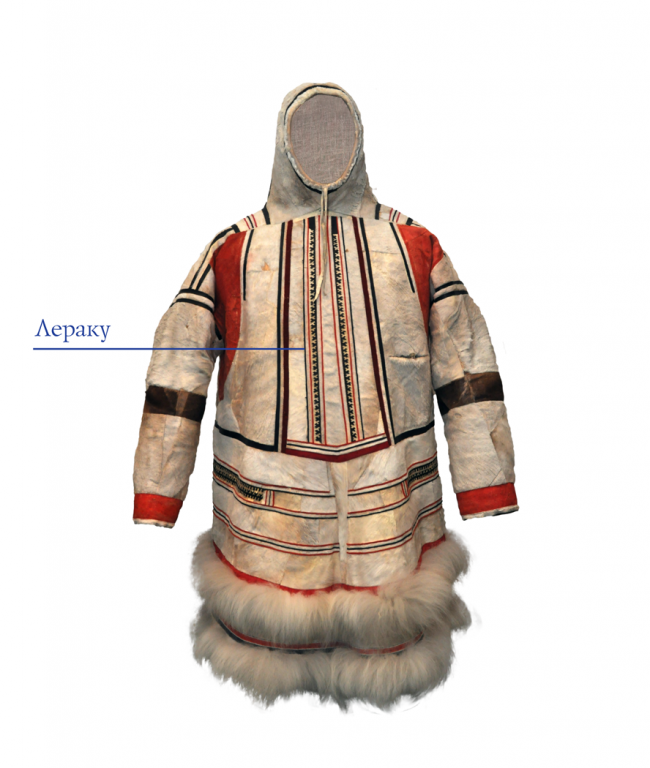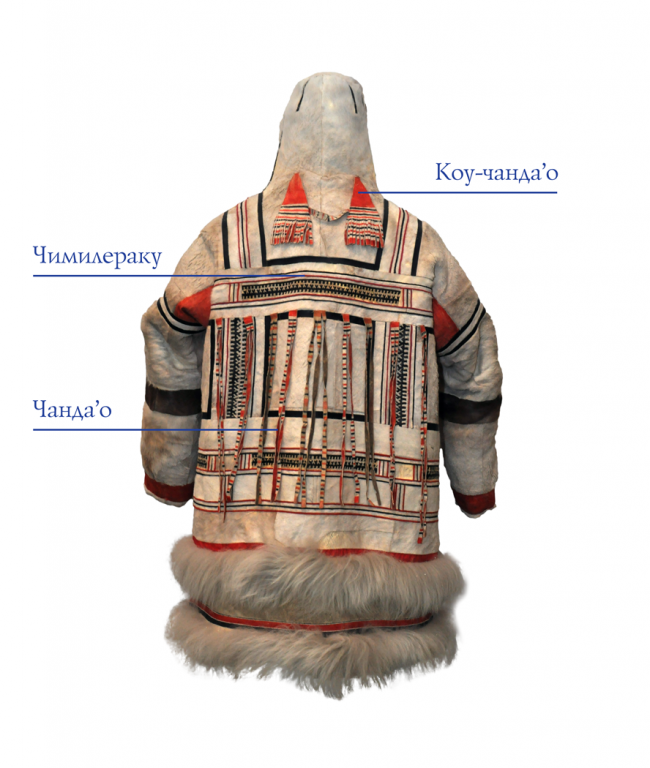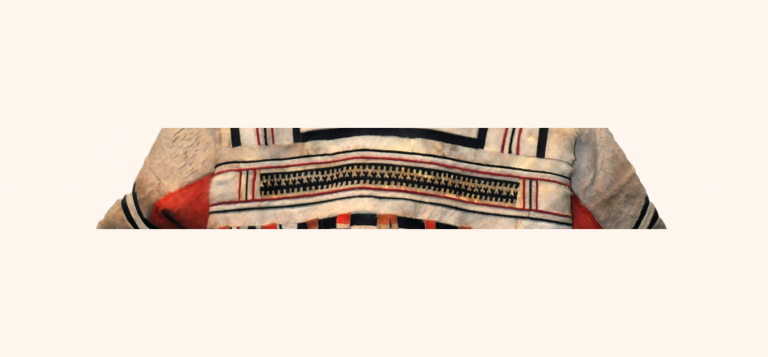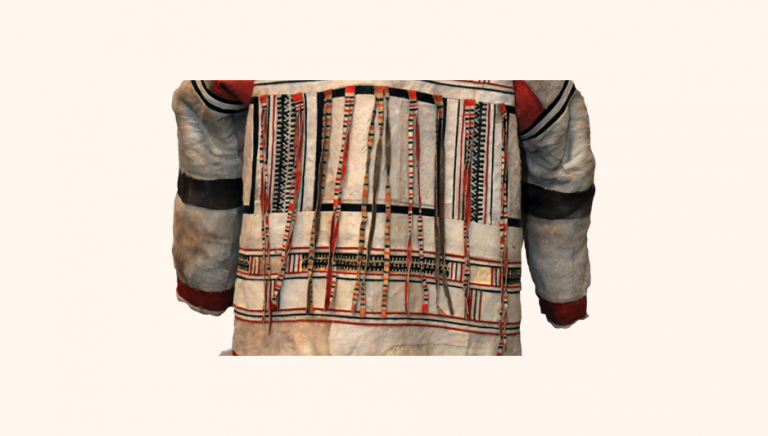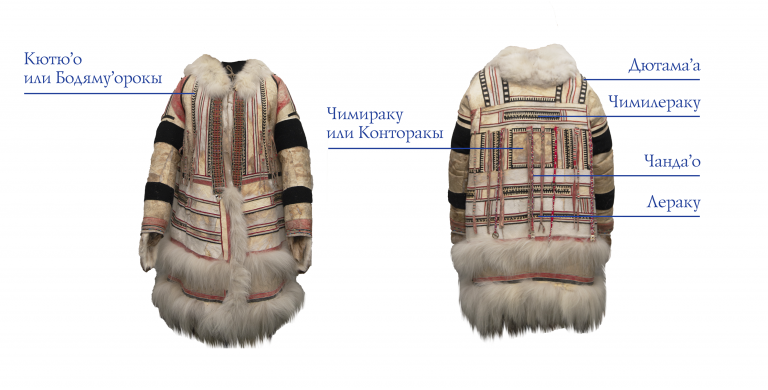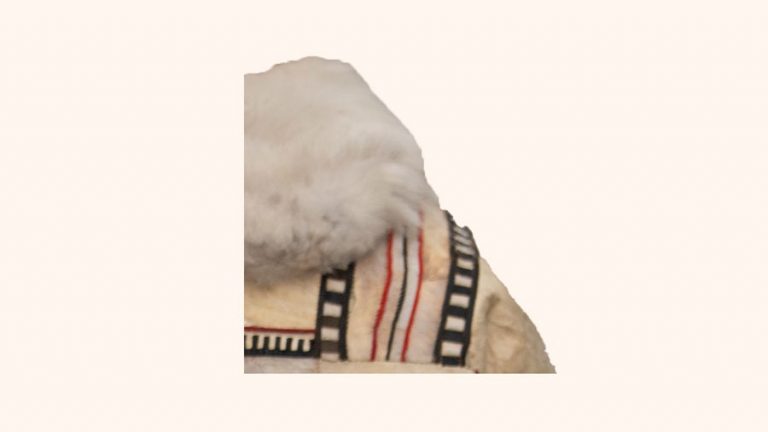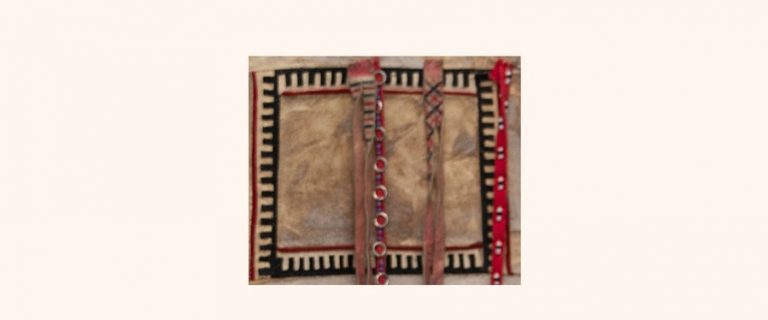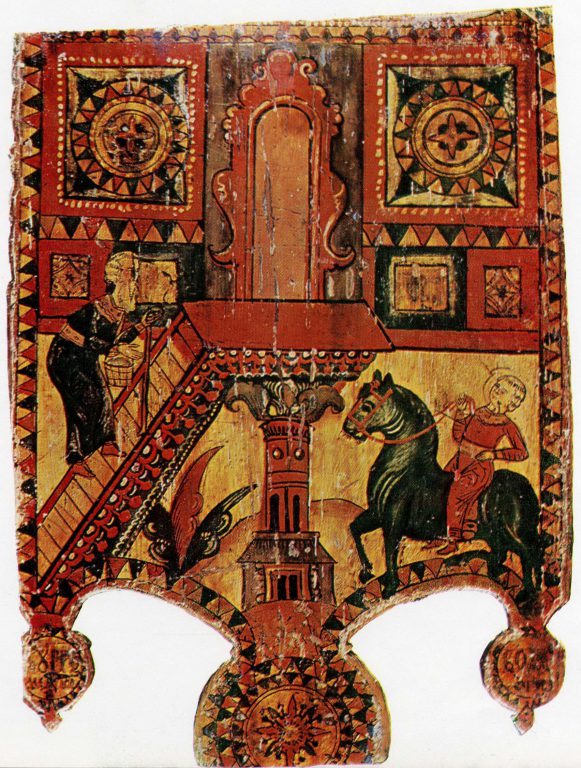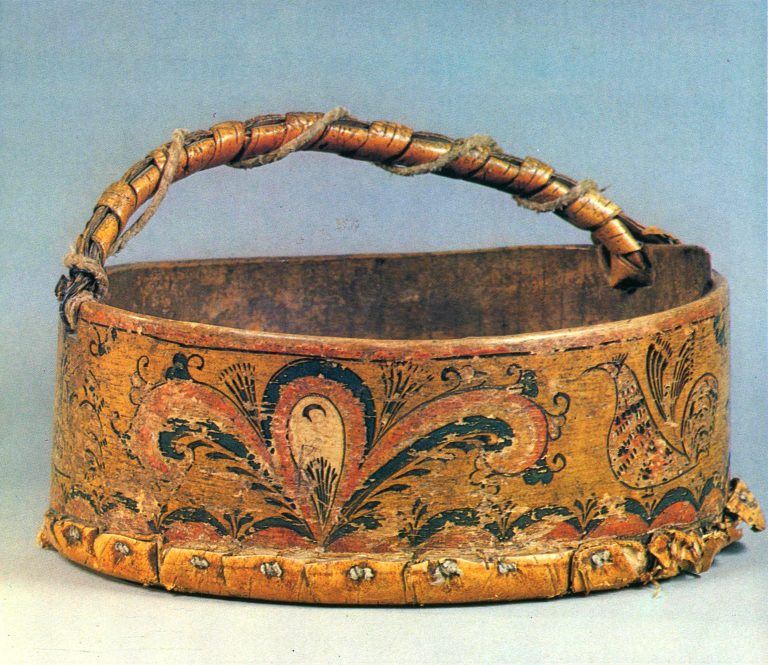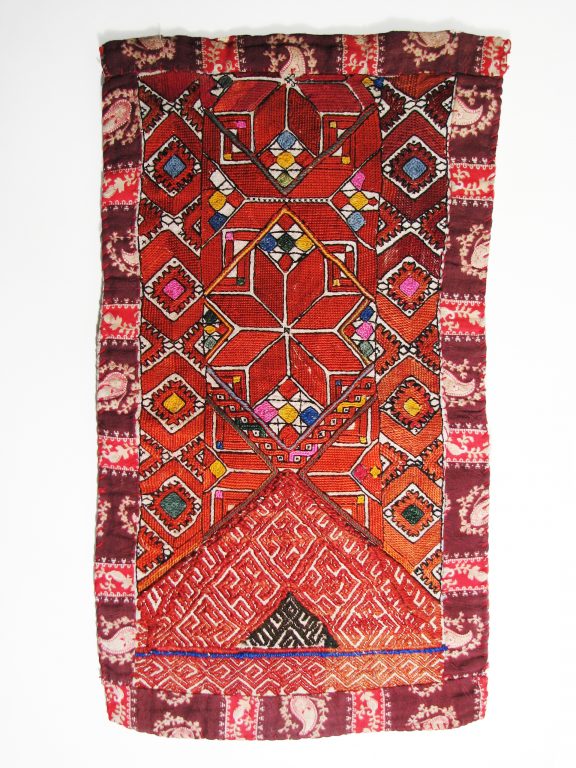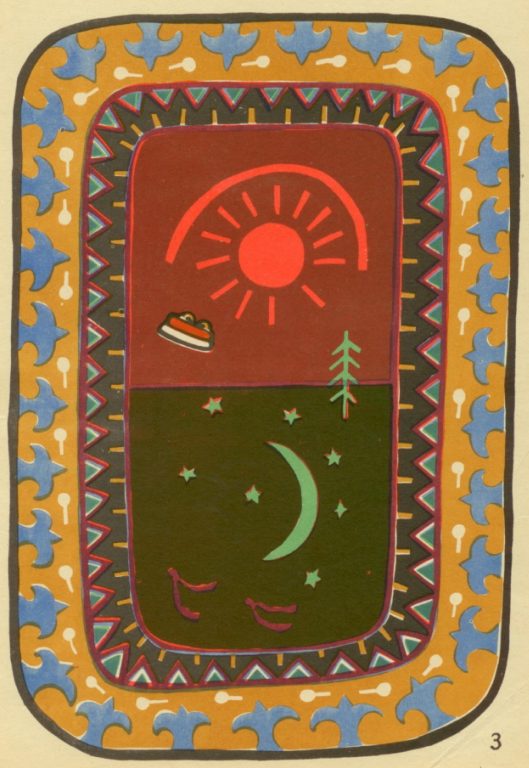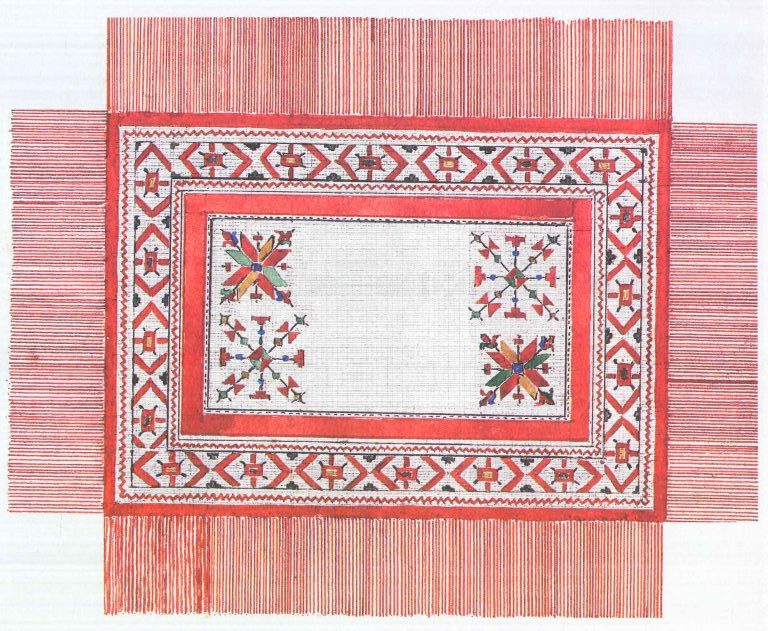7 FACTS ABOUT THE NGANASANS – INHABITANTS OF HARSH TAYMYR
- The Nganasans are the most ancient indigenous people of the Eurasian North. They are descendants of wild reindeer hunters who lived on the Tymyr Peninsula as early as the Neolithic period.
- The population of the Nganasans comprises only 862 people (according to the Russian Census 2010). 747 of them reside in rural-type settlements in the Taymyrsky Dolgano-Nenetsky Municipal District (settlements Ust’-Avam, Volochanka, Novaya) and in the town of Dudinka.
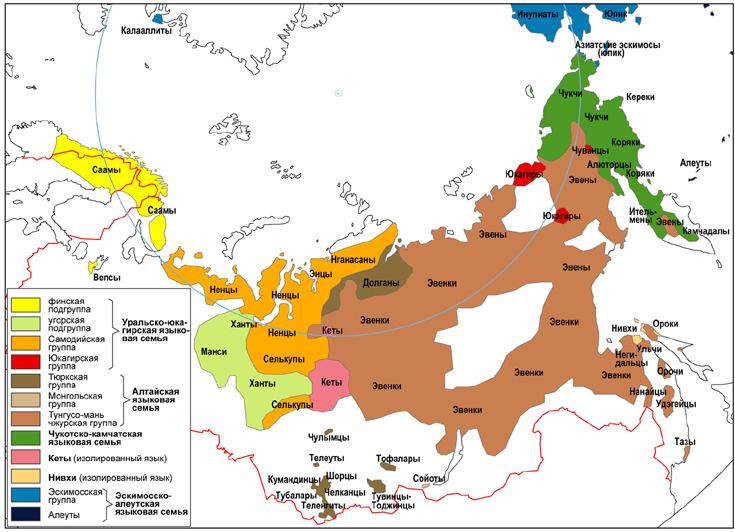
- The ethnonym “Nganasans” was introduced in the 1930s. It was derived from the word “nganasa” that means “human” or “man” and is familiar to many peoples of the North. In pre-revolutionary literature, the Nganasans were dubbed Tavgian, Avamian, and Vadeevan Samoyeds, or simply Samoyad’. People of this ethnic group speak the Nganasan language of the Samoyedic group that belongs to the Uralic family.
- Before the mid-20th century, the Nganasans led a nomadic way of life. Their main subsistence came from hunting for wild reindeer, snow foxes, hares, and birds (partridge, geese, ducks). Reindeer herding allowed the Nganasans to use these animals for transportation purposes, harnessing them to sledges known as narty.
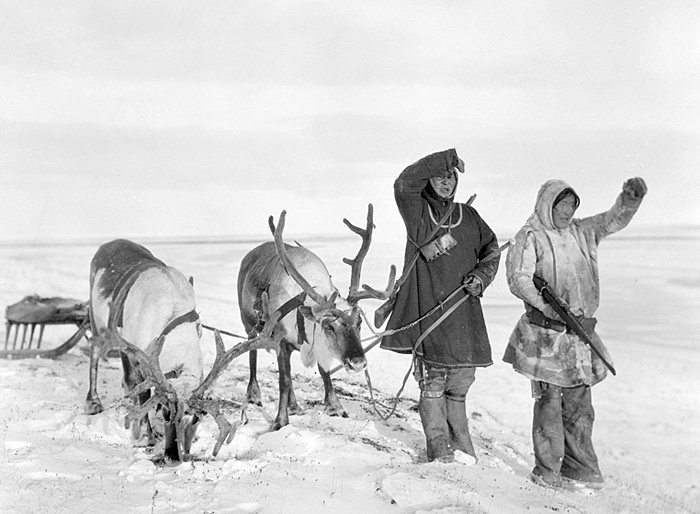
- A conical chum is a traditional dwelling of the Nganasans. Despite its plain and lightweight framework made of wooden poles, reindeer hides, and sailcloth, the Nganasan chum protects well against snowstorms. Cold winters on the Taymyr Peninsula continue for 8-10 months, and polar nights last for 45 days.
- The Nganasans and other peoples of Taymyr (the Enets, the Nenets, the Dolgans, the Evenks) managed not only to survive in harsh climate, but also to reflect their survival experience in the rich range of ancient rituals, songs, dances, and objects of decorative arts.
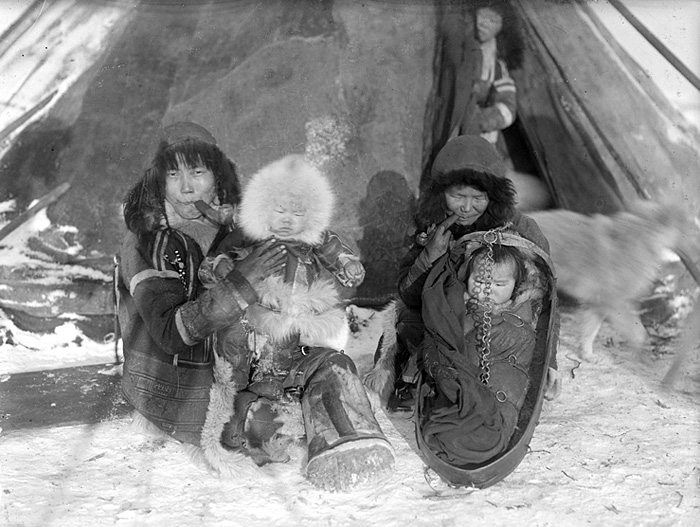
- The Nganasans believe in spirits – that is why shamans play a significant role in their culture. Shamans were fortune-tellers, healers, and storytellers; they were believed to be spellcasters who could interact with spirits. During rituals that could last for many hours, shamans sang special songs in which they addressed spirits with requests or questions.
TRADITIONAL CLOTHES OF THE NGANASANS
The design of Nganasan clothes is very archaic: it is genetically and historically tied to the main activity of the people – reindeer hunting. The cut of clothes is both laconic and very sophisticated.
A traditional coat called parka has a straight plain silhouette with a flaring knee-length hemline. Its edges are trimmed with two stripes of long fur.

From the collections of the Taymyr Museum of Local History. The parka was purchased in 1983 from N. S. Turdagin who lived in the settlement of Ust’-Avam, the Taymyrsky Dolgano-Nenetsky Autonomous District, Krasnoyarsk Krai.
Male parkas are supplemented with tight hoods. Female clothes can be distinguished by special headgear – a bonnet hat.

To decorate their clothes, the Nganasans used only three colours: black, red, and white. This is explained by the legend, according to which the Nganasans were born from a red-throated loon that has this colours in its feathering. The juxtaposition of white (red) and black colours dates back to the ancient times and is determined by the juxtaposition of life and death, light and darkness, heat and cold that are symbolised by these hues.
THE ORNAMENTATION OF NGANASAN TRADITOPNAL CLOTHING
The Nganasans adorned their clothes with a geometric linear pattern made of leather: it was known as muli. In ancient times, there were around 30 different types of muli used in traditional clothes, with each ornament having its own name and meaning.
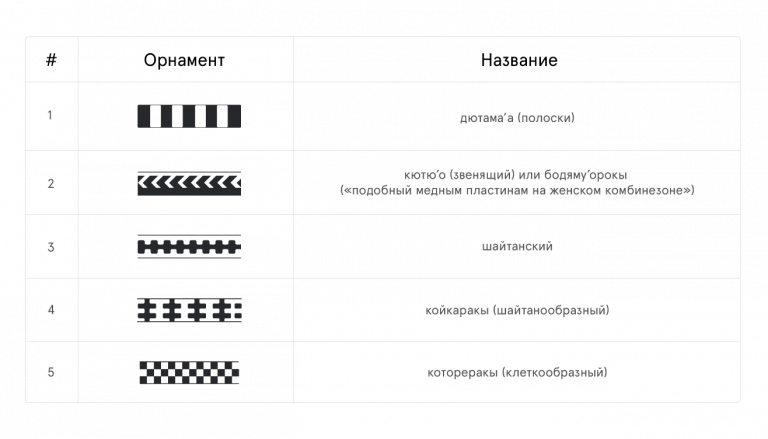
There were two large groups of Nganasan patterns. The first one included protective ornaments which were designed to safeguard their owner. Their original meaning is now forgotten.
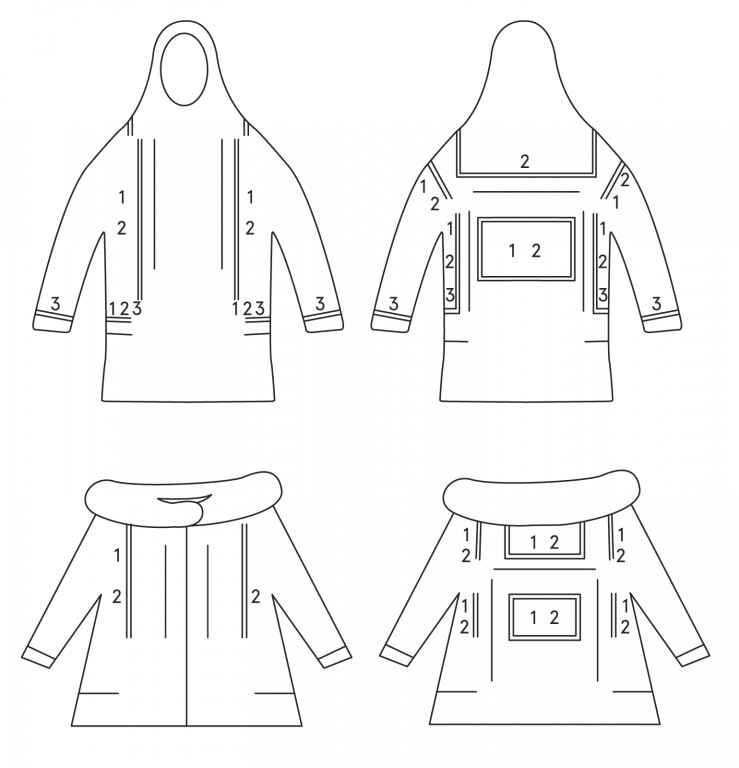
Ornaments that conveyed particular information about gender, age, marital status, social status, and children of a person formed the second group of patterns.

There were special male, female, and juvenile ornaments. Male patterns indicated social status of their owner and his occupation, while female ornaments usually designated the procreative role of a woman. New ornaments and elements were added to a person’s costume after each important event in their life.

Here we offer you to “read” ornaments on male and female festive costumes of the Nganasans.
ORNAMENTS ON MALE FESTIVE CLOTHES “TOSODYA LU”
The LERAKU pattern has a religious meaning: it decorates clothes of unmarried men and married women.
Until they reach maturity, boys wear a juvenile pattern called CHIMIRAKU (“chimi” means “teeth”). A youngster is considered adult when he kills his first wild reindeer: after this event, he can wear a complex ornament CHIMILERAKU that consists of two stripes – the CHIMIRAKU and the LERAKU patterns. The symbolism of this peculiar combination becomes clearer if knowing that the LERAKU ornament designates that its owner is a married man. CHIMILERAKU symbolises that a young person is ready to have his own family, and can provide for it.
A CHANDA’O adornment is made of narrow suede stripes adorned with black and red lines. The stripes are sewn to the back at the level of the shoulder blades. Married men wear 12 CHANDA’O on their backs, while boys and single males have only 8. Therefore, the number of stripes on outerwear allows determining the marital status of its owner.
Another type of CHANDA’O adornment decorated with black and red lines is sewn to hoods of male parkas close to ears.
ORNAMENTS ON FEMALE FESTIVE CLOTHES “TOSODYA LU”
A KYUTYU’O (“tinkling”), or BODYAMU’ OROKY (“like copper plates on female overalls”) pattern can be seen on both male and female costumes. The silhouette of this ornament resembles the shape of a female copper adornment BODYAMU’O. The ornament had a protective function in the past, although its symbolism is now unclear.
Another protective ornament, DYUTAMA’A (“stripes”), is also very common and could decorate both male and female parkas. DYUTAMA’A may be interpreted as a sacral sign of a supernatural being associated with snowstorms.
A CHIMIRAKU (“teeth-like”), or KONTORAKY (“sleigh-like”) juvenile pattern decorates clothes of both boys and girls until their owners reach maturity.
Clothes of girls who have reached puberty are adorned with the CHIMILERAKU pattern, which is placed above CHIMIRAKU. Like in male clothes, here the ornamentation is formed by two patterns, CHIMIRALU and LERAKU, with the latter designating that its owner is married. Thus, CHIMILERAKU indicates that a girl is ready to have her own family.
Similar to male costumes, at the level of the shoulder blades female parkas are decorated with CHANDA’O (an adornment made of suede stripes) with black and red lines. Married women have 10 CHANDA’O, while girls and unmarried women can wear only 6.
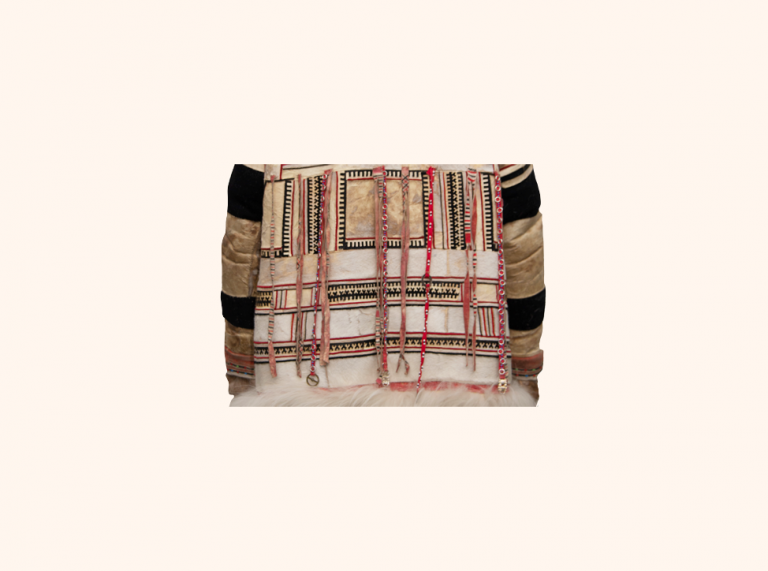
THE TECHNIQUE OF DECORATION
Nganasan women would manually cut ornaments on a special desk without preliminary layouts or any templates. They put two stripes of white and black leather on top of one another and carved an ornament in the middle, this way obtaining four identical strips. Using sinew, women sewed them together with small stitches, slot to slot, slit to slit, so one half of the pattern was black, while the other one was white.

Patterns were placed parallel with seam lines: this emphasised the form of cuts and the overall silhouette. Women would use about 10 meters of ornamental stripes to decorate one parka; they made up to 10 000 stitches to attach patterns to a garment. The Nganasans highly valued ornamental stripes: if a piece of clothing got ramshackle, women would cut a pattern down and sew it to a new article. Various examples of ancient ornaments survived until modern times thanks to this practice.
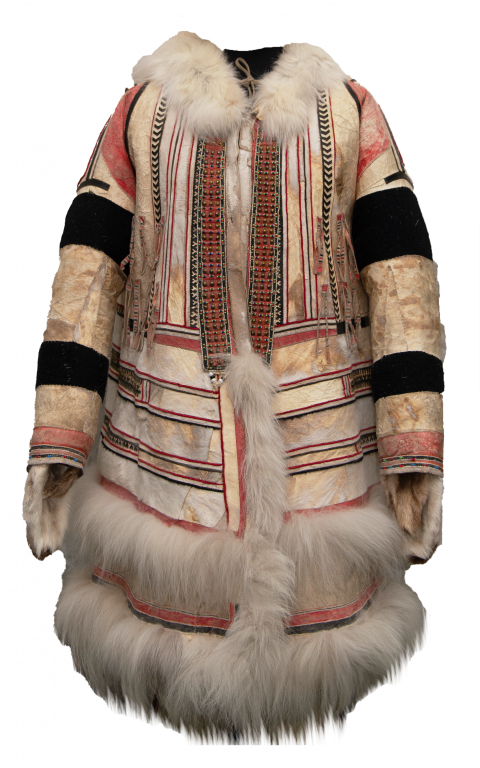
From the collection of the Taymyr Museum of Local History. The parka was purchased in 1988 from N. K. Ovchinnikov who lived in the settlement of Volchanka, the Taymyrsky Dolgano-Nenetsky Autonomous District, Krasnoyarsk Krai.
The Nganasans not only sewed patterns to their suede clothing, but also adorned it with coloured pieces of leather. This way they decorated various houseware articles as well. For this purpose, the Nganasans used natural dyes, for instance, graphite to obtain a black pigment, and ochre for a red shade. They mixed colourants with water and applied this substance to leather with a ball of reindeer wool; thin lines were made with the help of special sticks.
This article about Nganasan traditional patterns is the first one from the series of publications dedicated to the ornaments of indigenous peoples of Taymyr. Ornamika works on these materials in collaboration with the Regional State Budgetary Institution of Culture “The Taymyr Museum of Local History” (Dudinka). This text was written with the help of Lidia Aksyonova, a Nganasan woman of the Ngamtusu’o clan, who is a Senior Researcher of the Taymyr Museum of Local History.
The photos of the traditional Nganasan clothing used in this article are the property of the Taymyr Museum of Local History and cannot be published on other sources without the permission from the Museum board.
Works cited:
- Aksyonova L. K. Nganasan Ornaments [article, in Russian] and descriptions of Nganasan ornaments in traditional clothing (materials were provided by the Taymyr Museum of Local History).
- Simchenko Yu. B. Nganasan Ornaments (in Russian). Soviet Ethnography, 1963. № 3. Pp. 167–172.
- Popov A. A. The Nganasans (in Russian). Vol. 1. Material Culture. Moscow: Publishing House of the Academy of Sciences of the USSR, 1948.
If you would like to learn more about Nganasan culture, check these sources:
- Popov A. A. The Nganasans: Social Order and Beliefs (in Russian). Leningrad: Nauka, 1984.
- The Nganasans (in Russian). Article from the Encyclopaedia of Krasnoyarsk Krai.Article from the Encyclopaedia of Krasnoyarsk Krai.
- Gemuev I. N., Molodin V. I., Sokolova Z. P. The Peoples of Western Siberia: The Khantys. The Mansi. The Selkups. The Nenets. The Enets. The Nganasans. The Kets (in Russian). Moscow: Nauka, 2005.
- A documentary “The Nganasans: The Last of the Ngamtuso Shaman Clan”(in Russian).
- The series of publications about the Nganasans on the online media platform “Taymyrsky Telegraf” (in Russian).


